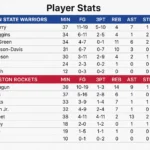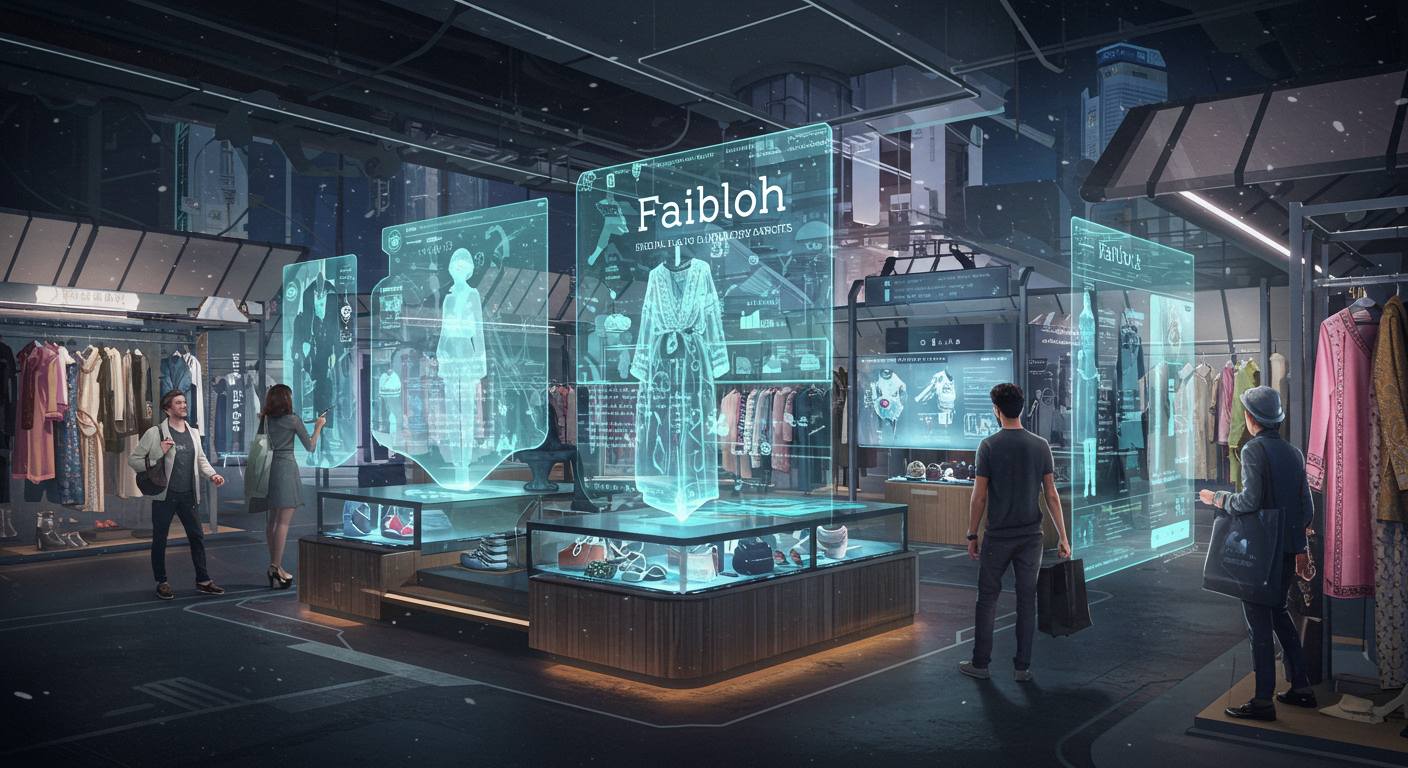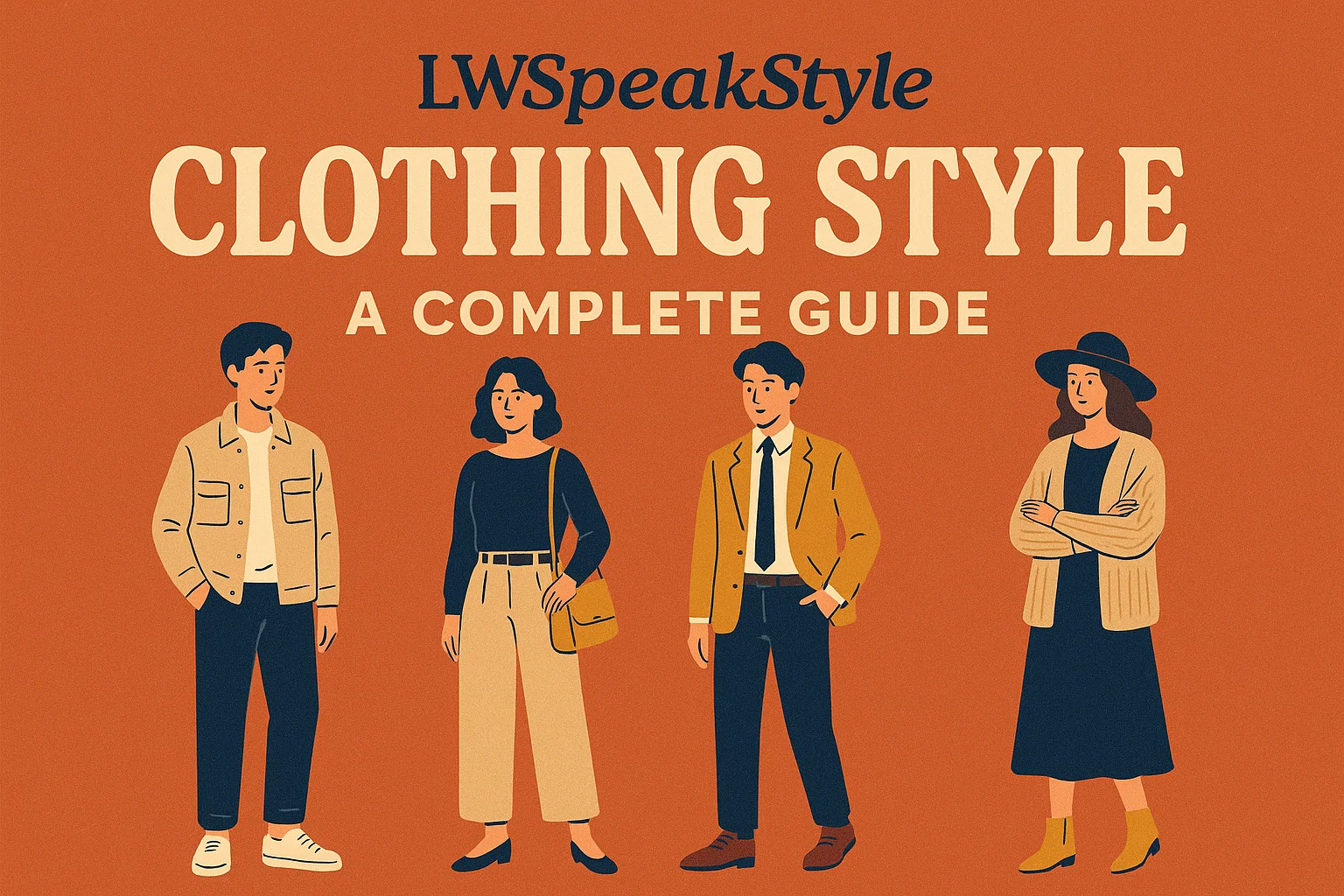Introduction: What is Faibloh?
In the ever-evolving world of digital technology, few concepts have sparked as much curiosity as Faibloh. Although still a niche term, Faibloh represents a growing convergence of fashion, blockchain, and luxury – effectively combining the best of these industries into a single ecosystem. The word “Faibloh” itself is a portmanteau of FAshion, IBLOckchain, and Luxury. It encapsulates the idea of owning, trading, and experiencing luxury fashion in digital and virtual realms, powered by secure blockchain technology.
read more Apple Variety Crossword Clue: Exploring the World of Apples in Puzzles and Beyond
As the metaverse expands and digital identities become as important as physical ones, Faibloh stands at the forefront of a cultural shift. Brands, designers, and consumers alike are exploring how fashion can transcend physical limitations. Digital couture, NFT wearables, and immersive virtual runways are not mere experiments but powerful forces changing luxury consumption.
This article will explore Faibloh’s origins, market potential, key players, technological innovations, benefits, risks, and the future of this fascinating new sector.
The Birth of Faibloh: How Fashion and Blockchain Collided
Luxury fashion and digital technology have flirted with each other for over two decades, from early virtual try-on apps to elaborate 3D renderings on e-commerce sites. But it wasn’t until blockchain technology matured that true ownership of digital items became feasible.
The rise of NFTs (non-fungible tokens) in 2020–2021 laid the groundwork for Faibloh. Suddenly, digital files could be tokenized, giving them unique, verifiable identities. In the art world, NFTs created a booming market for digital masterpieces. In gaming, they empowered players to trade in-game assets securely. In fashion, the opportunity was even bigger: combining exclusivity, creativity, and scarcity – the core pillars of luxury – with the transparency and security of blockchain.
Thus, Faibloh emerged as a movement where fashion houses, designers, collectors, and consumers began creating, buying, and selling digital luxury items as NFTs, giving rise to the new market of digital haute couture.
Key Features of Faibloh
- Authenticity Through Blockchain
- Each digital item (dress, accessory, sneaker) is minted on a blockchain, providing a tamper-proof record of ownership and authenticity.
- This eliminates counterfeit products in the digital realm, a growing concern as virtual goods gain value.
- Interoperable Wearables
- Faibloh aims to make digital fashion usable across multiple metaverse platforms, from Decentraland to Roblox.
- Users can wear their NFT outfits on avatars, creating a unified digital wardrobe.
- Limited Editions and Exclusivity
- Luxury thrives on scarcity. Faibloh offers limited digital runs of items, sometimes as unique 1-of-1 pieces, mirroring traditional luxury’s exclusivity.
- Royalties for Designers
- Smart contracts allow creators to earn a royalty every time their NFT fashion items are resold, ensuring fair compensation over time.
- Sustainability
- Digital-only collections have a negligible environmental footprint compared to physical manufacturing, appealing to eco-conscious consumers.
- Dynamic and Interactive Designs
- Unlike physical clothes, Faibloh items can have animations, change colors, or react to events in virtual environments.
Major Brands and Designers Exploring Faibloh
Many high-end fashion houses have entered the Faibloh space. Here are notable examples:
- Dolce & Gabbana launched the “Collezione Genesi” in 2021, a collection of physical and NFT pieces sold for millions.
- Gucci sold a virtual bag on Roblox that traded for more than its real-life price.
- Balenciaga released virtual outfits in Fortnite, blending gaming and luxury fashion.
- The Fabricant, a digital fashion house, has become a leader in creating couture solely for the virtual world.
These pioneers prove that Faibloh is not a passing trend but an emerging market with serious investment and consumer interest.
Technology Powering Faibloh
Faibloh’s ecosystem relies on several technological pillars:
- Blockchain Platforms: Ethereum and its Layer 2 solutions remain the most popular chains for NFTs, but others like Flow and Polygon are gaining traction.
- 3D Modeling Software: Tools like Clo3D, Blender, and Marvelous Designer enable hyper-realistic digital garment creation.
- AR/VR Environments: Augmented and virtual reality platforms allow users to interact with and showcase their Faibloh assets.
- Metaverse Integrations: Engines like Unity and Unreal are key to integrating digital fashion into social worlds.
All these technologies are converging to create immersive, interactive, and valuable digital fashion experiences.
Consumer Benefits of Faibloh
- Personal Expression
- Just like in real life, digital fashion allows people to express individuality. But Faibloh expands possibilities with physics-defying designs.
- Investment Potential
- Rare digital wearables can appreciate in value, attracting collectors and investors.
- Accessibility
- Digital items often cost less than physical couture, democratizing luxury experiences.
- Global Reach
- No shipping, customs, or geographical limits – anyone with an internet connection can own Faibloh items.
- Community Engagement
- NFTs and blockchain enable communities of fans to engage directly with brands, voting on designs or unlocking perks.
Challenges Facing Faibloh
Despite its promise, Faibloh faces several hurdles:
- Energy Consumption
- Ethereum and other proof-of-work blockchains have been criticized for high energy use, though the shift to proof-of-stake has mitigated this.
- Legal Uncertainty
- Regulations around NFTs, digital ownership rights, and intellectual property remain murky.
- Market Volatility
- NFT prices can swing wildly, posing risks to buyers and investors.
- Digital Divide
- High-tech devices and internet access are prerequisites, excluding many potential users.
Addressing these challenges will be key to Faibloh’s sustainable growth.
Future of Faibloh: Where Is It Headed?
Experts predict the Faibloh market will grow exponentially over the next decade. Here’s what the future could look like:
- Mainstream Adoption
- As AR glasses and metaverse platforms become ubiquitous, owning digital wardrobes will be as common as owning physical ones.
- Hybrid Collections
- More brands will offer twin products: a physical item plus a matching NFT, bridging both worlds.
- Smart Wearables
- Digital clothes could display real-time data or adapt based on events in virtual spaces.
- Cross-Industry Collaborations
- Expect Faibloh to merge with music, sports, and art, e.g., limited-edition digital jerseys or concert outfits.
- Sustainable Fashion Standard
- Faibloh could set benchmarks for reducing waste in the fashion industry.
Ultimately, Faibloh has the potential to reshape not only how we wear fashion but how we define luxury, identity, and community in the digital age.
Frequently Asked Questions (FAQ) About Faibloh
Q1. What does Faibloh mean?
Faibloh stands for Fashion + Blockchain + Luxury. It represents digital luxury fashion items secured and authenticated on the blockchain.
Q2. How do I buy Faibloh fashion items?
You can buy Faibloh items through NFT marketplaces like OpenSea or Rarible. Some fashion houses also launch on their own platforms.
Q3. Can I wear Faibloh items in real life?
Faibloh items are digital and meant for virtual avatars in games or metaverse platforms. Some collections offer both a digital and physical version.
Q4. Why would anyone buy digital clothes?
Digital fashion lets users express themselves online, invest in rare items, and support sustainability. It’s also essential for metaverse identities.
Q5. Is Faibloh a scam or a legitimate industry?
While scams exist in the NFT world, Faibloh itself is a legitimate industry with major fashion brands, designers, and investors participating.
Q6. What’s the difference between Faibloh and regular NFTs?
Faibloh specifically refers to luxury fashion NFTs, emphasizing design, exclusivity, and wearability in virtual spaces.
Q7. How does Faibloh help sustainability?
Digital-only collections eliminate physical production, reducing textile waste, water consumption, and carbon footprint.
Q8. Will Faibloh replace physical fashion?
No. It complements physical fashion by offering new experiences. Many believe the future lies in hybrid collections.
Q9. Do I need cryptocurrency to buy Faibloh items?
Yes. Most Faibloh NFTs are bought with Ethereum or other cryptocurrencies, but some platforms are adding credit card options.
Q10. Where can I learn more about Faibloh?
Follow industry news, check NFT marketplaces, and explore digital fashion houses like The Fabricant or brands entering this space.
Conclusion
Faibloh is more than a buzzword; it’s a powerful new chapter in the history of fashion, technology, and luxury. As digital spaces become inseparable from our lives, how we dress online will matter just as much as what we wear in person. Faibloh empowers designers to innovate beyond physical constraints and offers consumers exciting new ways to express themselves, invest, and connect with brands.
By embracing Faibloh, we’re not just wearing digital clothes — we’re participating in a cultural and economic revolution that’s redefining the very concept of style and ownership for the digital era.
Ray-Ban Meta Smart Glasses Review: The Perfect Blend of Style and Technology







